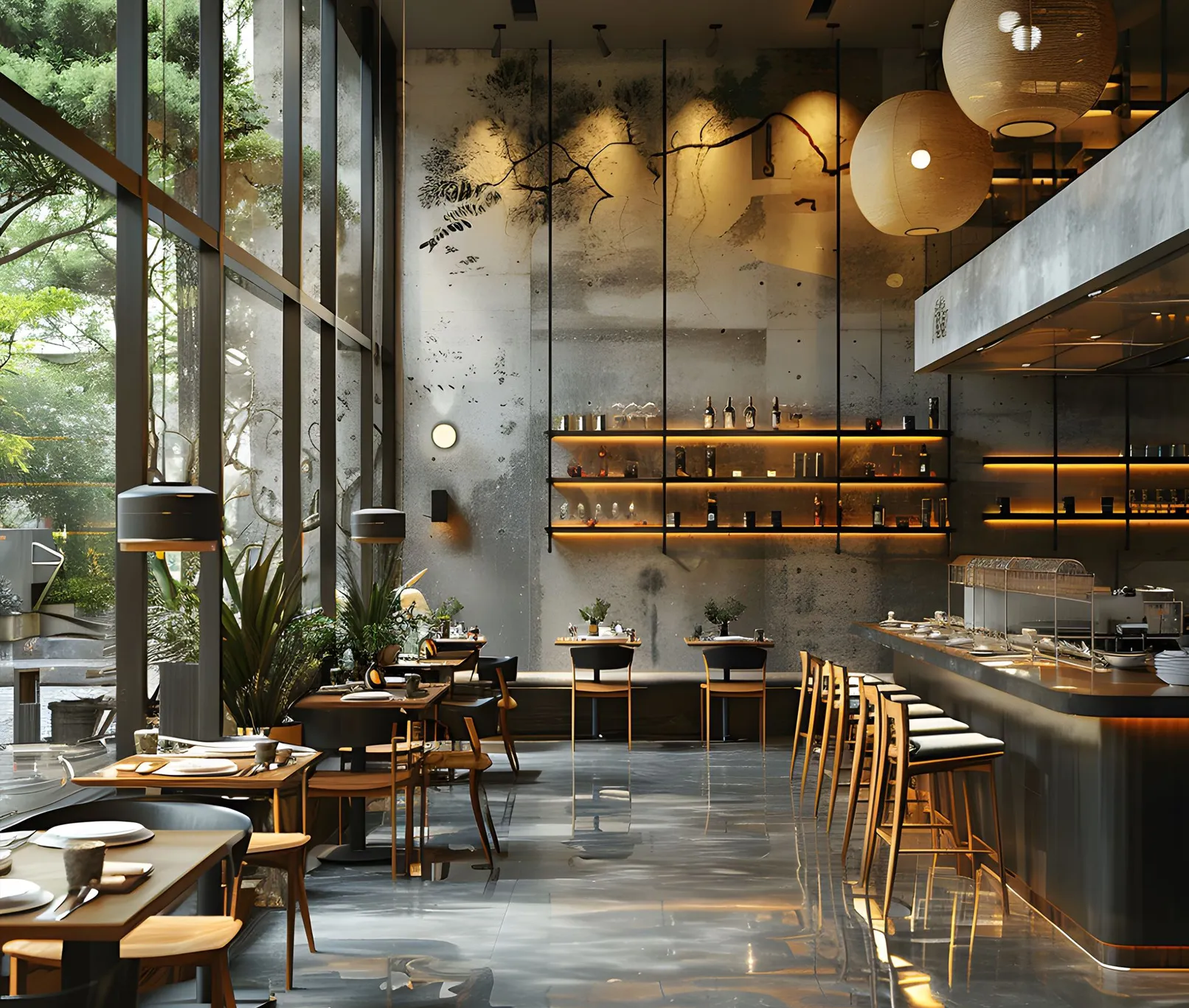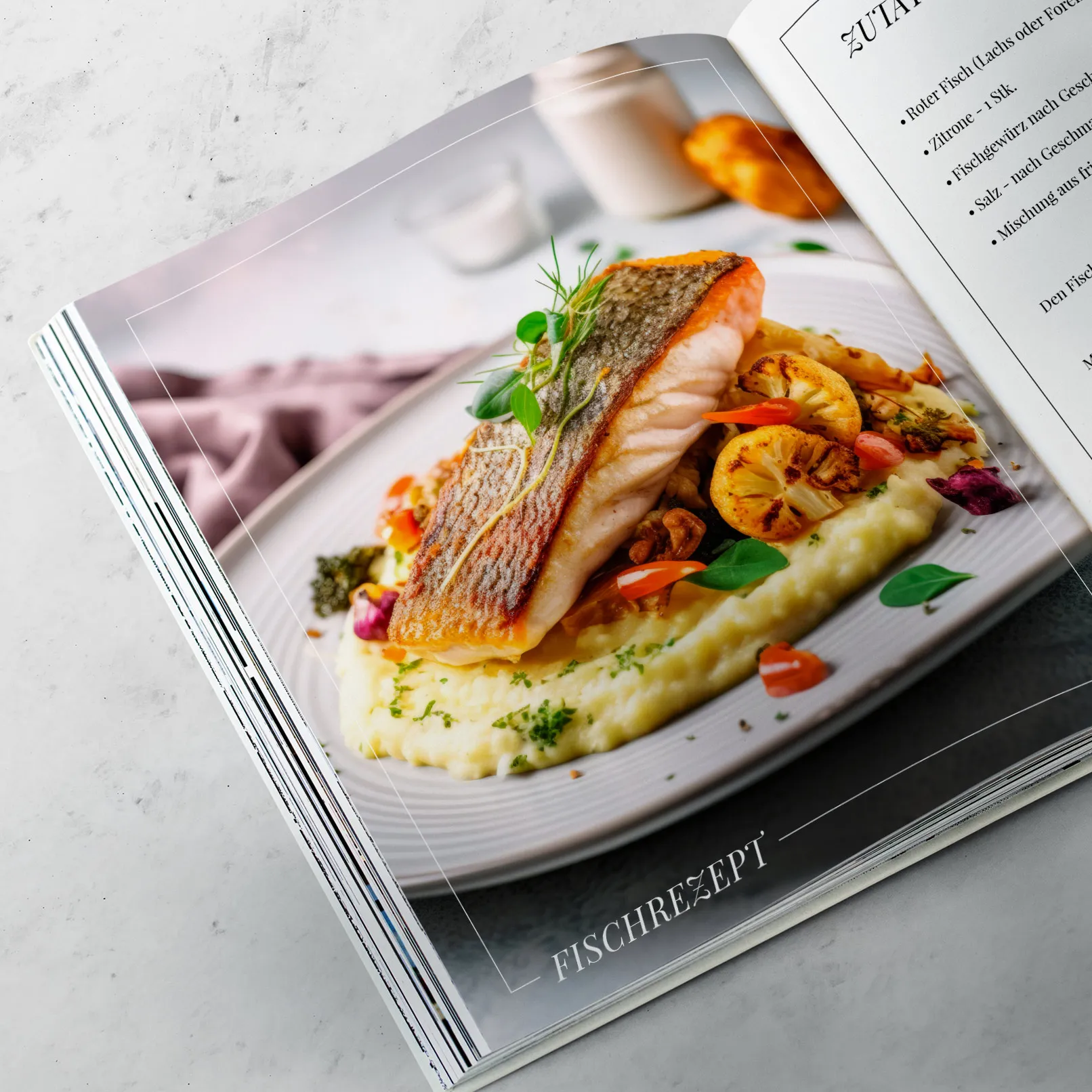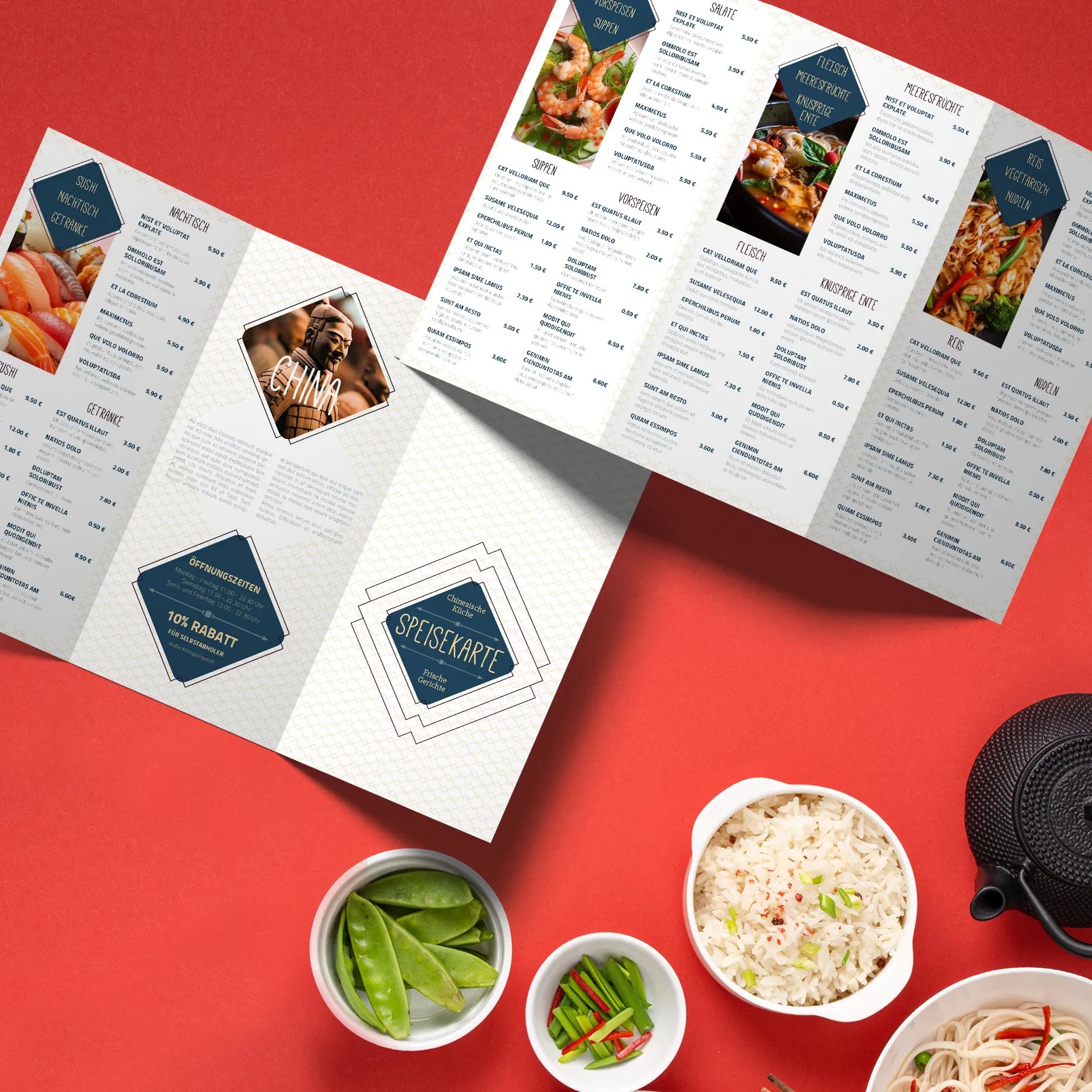Developing a compelling and appealing menu may not be crucial, but it is very important for any food service business, i.e. any restaurant. With a well-designed menu, restaurateurs can not only showcase their culinary offerings to their customers, but also communicate their brand and philosophy. In this article, we'll look at the different aspects of creating a menu using a menu template and help you design a menu that is both functional and visually appealing to your guests.
Table of contents
Choose the right menu template
Choosing the right template for your menu is the first step to creating a modern and attractive menu. There are different types of menu templates you can use, depending on the type of catering business you run and the type of food and drink you offer. For example, an elegant restaurant might prefer a formal and elegant template, while a casual café might prefer a more relaxed and friendly template.

Customize the template
Once you've chosen the right template for your menu , the next step is to customize it. This may mean changing colors and fonts, adding images and logos, and inserting text and descriptions for your food and drinks. It is important that the design of your menu matches the corporate identity of your catering company. For example, use the same colors and fonts as on your website, business cards and other marketing materials. This means you adapt the menu so that it matches the corporate design and interior concept of your restaurant.
Structure the content of your menu
The content structure of your menu is another important aspect that you should consider when creating a menu using a template. To do this, you need to decide how you want to arrange and present your food and drinks on the menu. A common method is to divide the menu into different sections such as starters, main courses, desserts and drinks. In these sections, you can list each dish or drink with a short description and the price.

Important elements for the design of a menu
There are a few important points to consider when designing a menu. These include legibility, visual design and the use of suitable colors and fonts.
Legibility is crucial so that your guests can easily read and understand your menu. Use clear, legible fonts and make sure there is sufficient contrast between the text and the background.
Visual elements such as photos of your dishes also help to pique your customers' interest and whet their appetite. However, make sure that the photos are of good quality and present the food in an appealing way.
With the right colors and fonts, you can enhance the aesthetics of your menu and make a statement about your brand. Choose colors and fonts that work well together and reflect the personality and style of your restaurant.

Practical tips for your menu
Here are some practical tips to help you design your menu:
- Use clear and concise descriptions for your food and drinks. Avoid jargon and use clear and simple language instead. The language of your guests!
- Think about where you place your food and drinks on the menu. Studies have shown that customers focus on the top right and left corners of the page first, so you should place your best-selling or most profitable products there.
- Avoid offering too many options on your menu, as this can make it difficult for your customers to choose. Instead, focus on a small selection of food and drinks that you are good at and that your customers will enjoy.
- Update your menu regularly to keep it fresh and interesting. You can add seasonal dishes and drinks or remove old items that aren't selling well.
Conclusion: Menu templates on the TutKit.com portal
Developing an appetizing and appealing menu takes time and attention to detail, but with the right tools and resources, it can be an exciting and rewarding task. With a well-designed menu, you can not only showcase your culinary offerings, but also communicate your brand and philosophy to your guests and leave a positive and lasting impression on them. So use the menu templates and tips above to create the perfect menu for your catering business.

